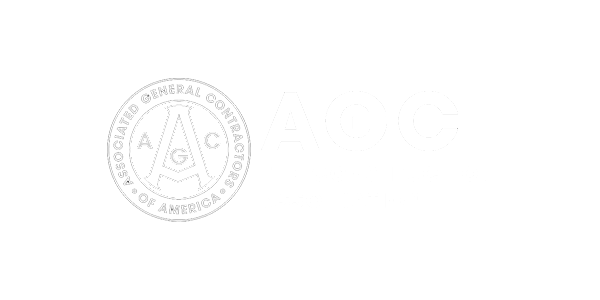Final unconditional lien waivers are viewed as one of the riskier types of waivers across the U.S., as they do not guarantee payment will be made. Another challenge is the fact that human error and other roadblocks often impact the traditional lien waiver exchange process. This includes inaccurate paperwork, missing signatures, lack of compliance documentation, and time-wasting paper checks.
Lien waiver management software reduces the problems that are common with traditional lien waiver exchanges. As a general contractor within the construction industry, you likely understand the ins and outs of all types of lien waivers — but you might not know how to automate them. We’ll explore how automated final unconditional lien waivers can address a variety of issues that pop up frequently in your line of work.
The Benefits of Automating a Final Unconditional Lien Waiver
An unconditional lien waiver acts as proof of payment and comes into effect as soon as it’s signed. Unconditional lien waivers are considered a high risk as lien rights are given up without a guarantee or proof of payment. It is best to only sign after payment has been made, as signing indicates that no further payments are expected in the future and confirms that all payments owed to you have been paid.
While working with final unconditional lien waivers, you’ve probably come across some of the below challenges:
- Not meeting State requirements. Across the US, each State has its requirements — including if they allow for the use of final unconditional waivers. To see your States requirements, read our State-by-State guide to lien waivers.
- Lack of trust between subcontractors and general contractors. Final unconditional waivers are seen to be valid from the moment they are signed. However, this does not mean that they have been paid by the general contractor.
- Missing waivers that get misplaced or lost between the office and the job site.
- The wrong lien waiver form is submitted.
- Disruptions due to unconditional waivers missing information or being incomplete, resulting in time wasted chasing down subcontractors.
- Payment is made without requiring a lien waiver.
- Due to the size of the project, your team can become overwhelmed with paperwork.
- The subcontractor doesn’t have up-to-date compliance documentation.
- Financial errors, including overpaying or delayed payments.
- Missing financial details needed to pay the subcontractor as soon as possible.
Traditional waiver exchanges face many challenges, here’s how automating the process can help you avoid common mistakes:
- General contractors can store lien waiver templates for subcontractors to use — ensuring that the correct lien waiver template will always be followed.
- No more chasing subcontractors for signed waivers — if they do not submit their signed and locked waiver, they cannot be paid for their work.
- Automating software requires all subcontractors to have up-to-date compliance documentation to receive payment. If not, they will be alerted when signing a lien waiver.
- ePayment replaces the need for filing paper checks. All payments can be automated on the software upon receipt of the lien waiver.
- Automating software allows you to integrate with your ERP software. Your payment apps will align with your contacts, eliminating the need for time-consuming manual integration.
- Digital signatures can be automated for all relevant parties.
- The notarization process, if required, can be automated quickly with online notarization.
- Notifications can be sent out to parties who have to sign lien waivers — no more tracking subcontractors down to sign waivers.
- All lien waivers are stored on the cloud and can provide you and your team with a status overview of existing waivers and projects.
By using lien waiver management software you’ll be able to reduce the payment process by up to 70%. Not only is there less room for errors and financial mistakes, but your team will also spend less time manually capturing data.
What Do Automated Final Unconditional Lien Waivers Look like?
With lien waiver software management, like GCPay, you can create customized and branded lien waiver templates that will speed up the waiver exchange process. By ensuring your templates follow your State regulations, they can easily be used by subcontractors.
When drawing up an automated template for a final unconditional waiver, you should include the following fields:
- Name of claimant
- Name of customer (hiring party)
- Job location and project name
- Property owner
- Exceptions
- Amount of the check, cash, ACH, or electronic payment
- Payment details for the receiver
- Claimant’s signature and title
- Date of signature
By creating your own final unconditional waiver template, you’ll be able to keep legal jargon simple and easy to understand for both parties. After the subcontractor has completed the final unconditional waiver, payment can occur.
How You Can Automate the Final Unconditional Lien Waiver Process
The traditional exchange of lien waivers can be frustrating and time-consuming, that’s why automated lien waiver management software is ideal for solving common problems that contractors and subcontractors face.
Take a step in the right direction, by enabling lien waiver automation for your company. By partnering with the right solutions partner, like GCPay, you’ll be able to ensure your lien waiver process is painless and error-free.
To discover how else GCPay can help you with lien waivers and payment processes, book a demo with one of our consultants today.









